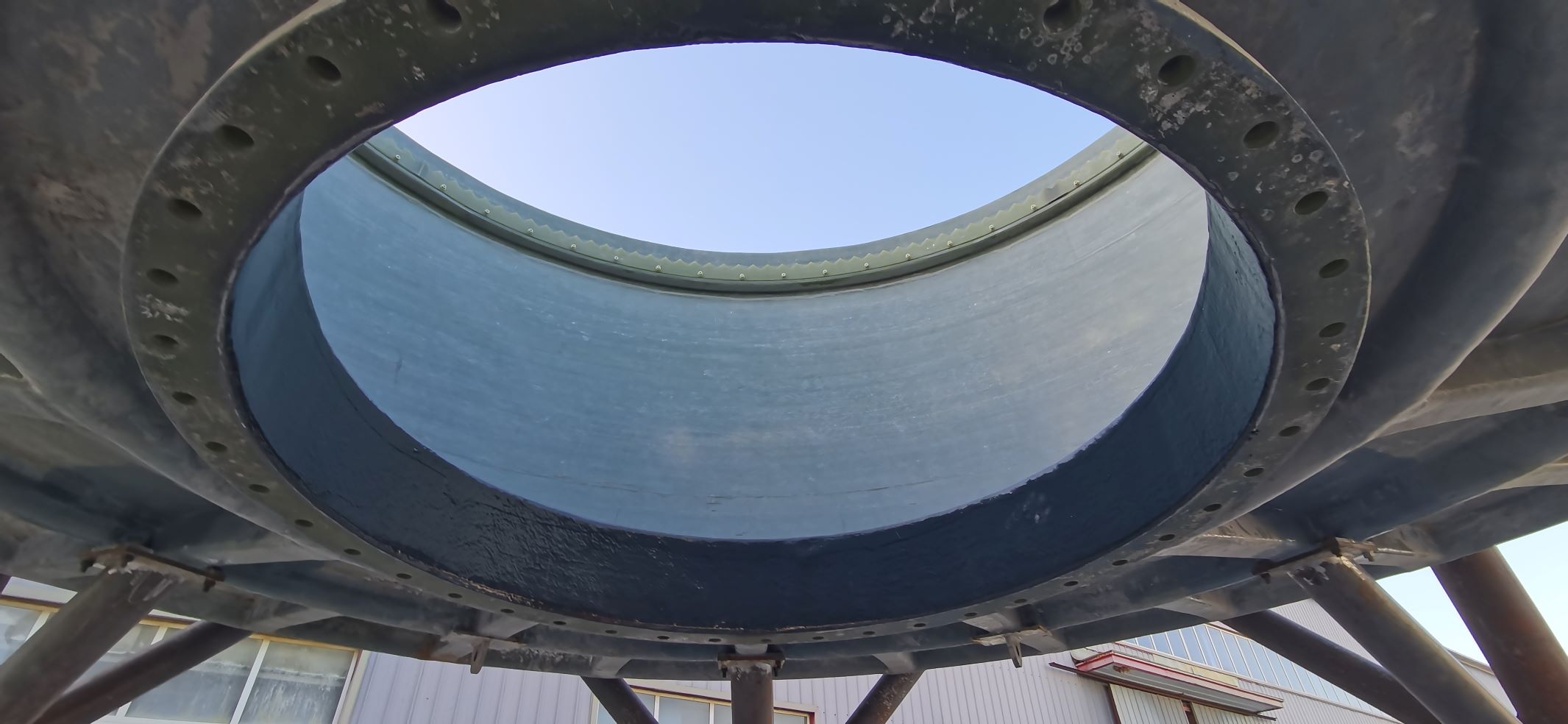
-
 Afrikaans
Afrikaans -
 Albanian
Albanian -
 Amharic
Amharic -
 Arabic
Arabic -
 Armenian
Armenian -
 Azerbaijani
Azerbaijani -
 Basque
Basque -
 Belarusian
Belarusian -
 Bengali
Bengali -
 Bosnian
Bosnian -
 Bulgarian
Bulgarian -
 Catalan
Catalan -
 Cebuano
Cebuano -
 China
China -
 China (Taiwan)
China (Taiwan) -
 Corsican
Corsican -
 Croatian
Croatian -
 Czech
Czech -
 Danish
Danish -
 Dutch
Dutch -
 English
English -
 Esperanto
Esperanto -
 Estonian
Estonian -
 Finnish
Finnish -
 French
French -
 Frisian
Frisian -
 Galician
Galician -
 Georgian
Georgian -
 German
German -
 Greek
Greek -
 Gujarati
Gujarati -
 Haitian Creole
Haitian Creole -
 hausa
hausa -
 hawaiian
hawaiian -
 Hebrew
Hebrew -
 Hindi
Hindi -
 Miao
Miao -
 Hungarian
Hungarian -
 Icelandic
Icelandic -
 igbo
igbo -
 Indonesian
Indonesian -
 irish
irish -
 Italian
Italian -
 Japanese
Japanese -
 Javanese
Javanese -
 Kannada
Kannada -
 kazakh
kazakh -
 Khmer
Khmer -
 Rwandese
Rwandese -
 Korean
Korean -
 Kurdish
Kurdish -
 Kyrgyz
Kyrgyz -
 Lao
Lao -
 Latin
Latin -
 Latvian
Latvian -
 Lithuanian
Lithuanian -
 Luxembourgish
Luxembourgish -
 Macedonian
Macedonian -
 Malgashi
Malgashi -
 Malay
Malay -
 Malayalam
Malayalam -
 Maltese
Maltese -
 Maori
Maori -
 Marathi
Marathi -
 Mongolian
Mongolian -
 Myanmar
Myanmar -
 Nepali
Nepali -
 Norwegian
Norwegian -
 Norwegian
Norwegian -
 Occitan
Occitan -
 Pashto
Pashto -
 Persian
Persian -
 Polish
Polish -
 Portuguese
Portuguese -
 Punjabi
Punjabi -
 Romanian
Romanian -
 Russian
Russian -
 Samoan
Samoan -
 Scottish Gaelic
Scottish Gaelic -
 Serbian
Serbian -
 Sesotho
Sesotho -
 Shona
Shona -
 Sindhi
Sindhi -
 Sinhala
Sinhala -
 Slovak
Slovak -
 Slovenian
Slovenian -
 Somali
Somali -
 Spanish
Spanish -
 Sundanese
Sundanese -
 Swahili
Swahili -
 Swedish
Swedish -
 Tagalog
Tagalog -
 Tajik
Tajik -
 Tamil
Tamil -
 Tatar
Tatar -
 Telugu
Telugu -
 Thai
Thai -
 Turkish
Turkish -
 Turkmen
Turkmen -
 Ukrainian
Ukrainian -
 Urdu
Urdu -
 Uighur
Uighur -
 Uzbek
Uzbek -
 Vietnamese
Vietnamese -
 Welsh
Welsh -
 Bantu
Bantu -
 Yiddish
Yiddish -
 Yoruba
Yoruba -
 Zulu
Zulu
Exploring the Innovative Technologies Behind Modern Rock Drilling Techniques and Their Industrial Applications
The Evolution and Impact of Rock Drilling Technology
Rock drilling has been an essential process in various industries, particularly in construction, mining, and geological exploration. Over the years, advancements in technology have significantly improved the efficiency, safety, and effectiveness of rock drilling operations. This article delves into the evolution of rock drilling technology, its applications, and its impact on contemporary practices.
Historical Background
The history of rock drilling dates back thousands of years when humans relied on rudimentary tools and methods. Ancient civilizations utilized simple hand tools such as hammers and chisels made from stone or metal to create small holes in rock for various purposes. As societies advanced, so did the technology. The introduction of gunpowder in the 19th century revolutionized rock drilling, allowing for explosive charges to break rock formations, leading to more extensive mining operations and the construction of tunnels and railroads.
With the Industrial Revolution, mechanical drilling equipment emerged. The first mechanized drills, often powered by steam, marked a significant shift in the industry. The development of pneumatic and hydraulic drills in the early 20th century further enhanced drilling capabilities, enabling deeper and more precise drilling techniques.
Modern Rock Drilling Techniques
Today, rock drilling has evolved into a highly specialized field with various advanced techniques and equipment designed for specific applications. The most common types of rock drills include rotary drills, hammer drills, and diamond core drills.
1. Rotary Drills These drills use a rotating drill bit to penetrate rock. They are widely used in mining and geological exploration for their efficiency in drilling deep holes. The inclusion of advanced materials, such as tungsten carbide, has significantly increased the durability and effectiveness of drill bits.
rock drill

2. Hammer Drills Also known as percussive drills, these are designed to deliver rapid, repeated impacts to break rock. They are particularly useful in hard rock conditions and are commonly used in tunnel construction and for creating large holes in rocks.
3. Diamond Core Drills These drills utilize diamonds embedded in the drill bit to cut through rock with precision. They are often employed in geological surveys to obtain rock samples for analysis, providing valuable information about underground resources.
Environmental Considerations and Safety
As the demand for rock drilling has increased, so have concerns about its environmental impact. Modern rock drilling technologies have focused on reducing noise, vibration, and emissions associated with drilling operations. Manufacturers are developing electric and hybrid drills that minimize pollution and enhance energy efficiency.
Safety remains a top priority in rock drilling operations. High-performance equipment incorporates advanced safety features to protect workers from hazards associated with drilling in difficult terrain. Continuous training and adherence to safety regulations are essential to ensure that workers are equipped to handle the risks involved.
Conclusion
The evolution of rock drilling technology has transformed the way industries operate and interact with geological materials. From rudimentary hand tools to sophisticated machinery, the advances in drilling techniques have not only increased efficiency but have also made significant contributions to sustainable practices. As technology continues to evolve, the future of rock drilling promises further innovations that will enable us to harness the Earth’s resources responsibly and efficiently, paving the way for progress in construction, mining, and environmental stewardship.
Latest news
-
High-Quality Fiberglass Car Bodies Durable GRP Car & Boat Body SolutionsNewsJul.08,2025
-
High-Quality Fiberglass Dual Lamination Product Manufacturer Durable FRP & GRP Dual Lamination SolutionsNewsJul.08,2025
-
Rectangular Tank with Dimensions for GRP Calculation Custom Fiberglass GRP Rectangular TanksNewsJul.07,2025
-
High-Quality Fiberglass Weir Custom FRP Weir & Fiberglass Tanks ManufacturerNewsJul.07,2025
-
CPVC FRP Pipe A Reliable Choice for Industrial Applications High Strength & Corrosion ResistanceNewsJul.07,2025
-
Fiberglass Scrubber for Effective Cleaning and Stain Removal – Superior Performance in Various ApplicationsNewsJul.06,2025









